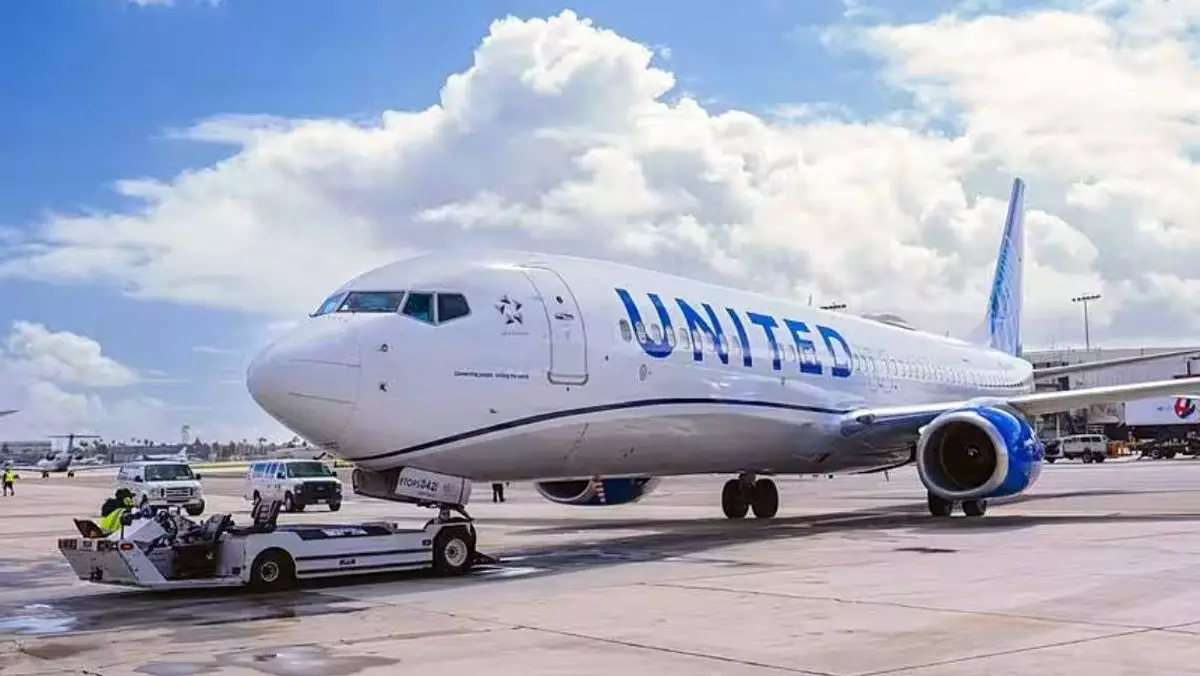Amid growing safety concerns surrounding the Boeing 737 Max 9 aircraft, Alaska Airlines has made the decision to cancel all scheduled flights using this model until further notice. The cancellations, affecting approximately 110 to 150 flights per day, are a proactive measure while the airline awaits official instructions from Boeing and the Federal Aviation Administration (FAA). In alignment with Alaska Airlines, United Airlines announced the cancellation of 167 Max 9 flights on Wednesday, with an anticipated high number of cancellations on Thursday as well. Although United Airlines has managed to minimize some cancellations by utilizing alternative aircraft, both carriers remain committed to passenger safety and ensuring a smooth re-accommodation process for affected travelers.
The catalyst for these precautionary actions was an incident on January 5 involving an Alaska Airlines Max 9 aircraft departing from Portland, Oregon. Shortly after takeoff, a rearward exit door plug blew out, signaling a potential safety issue. This incident prompted the FAA to ground approximately 171 Max 9 aircraft, the majority of which were operated by Alaska or United. The use of exit door plugs instead of traditional doors is a common practice among some Max 9 operators to accommodate seating configurations. Fortunately, Alaska Airlines Flight 1282 managed to safely land back in Portland without any casualties, thanks to the crew’s quick response and the airplane’s ability to descend rapidly from its altitude of about 16,000 feet.
In the early stages of investigation, the National Transportation Safety Board (NTSB) focused on the four missing bolts discovered on the Alaska door plug. The door plug itself was found in the garden of a Portland-area schoolteacher. United Airlines also reported similar findings during preliminary inspections, noting loose bolts on some of their Max 9 aircraft’s emergency exit door plugs. Alaska Airlines’ technicians have also identified instances of visible “loose hardware” on their fleet of Max 9 planes. These findings raise questions about the maintenance practices and quality control at Boeing and potentially other airlines operating the Max 9.
Acknowledging the seriousness of the situation, Boeing’s CEO, Dave Calhoun, expressed the company’s dedication to working closely with NTSB investigators. In a meeting with Boeing staff, Calhoun admitted to the company’s mistake and emphasized the importance of addressing the safety concerns surrounding the Max 9. Boeing has a responsibility to thoroughly investigate and rectify any issues, not only in the affected aircraft but across their entire fleet. The aviation industry and the public expect Boeing to prioritize safety and ensure that all necessary measures are taken to guarantee passenger well-being.
Both Alaska Airlines and United Airlines are proactively putting passenger safety first by canceling scheduled flights on the Max 9. While this may cause inconvenience to impacted travelers, it is a necessary precaution to address the potential safety risks associated with the Boeing 737 Max 9. The airlines are working diligently to re-accommodate affected passengers on alternative flights, minimizing disruption and providing passengers with options to reach their destinations in a timely manner. Both carriers understand the importance of maintaining trust and confidence in air travel and are committed to ensuring the highest level of safety for their passengers.
As the investigation into the Boeing 737 Max 9 continues, it is crucial for transparency and collaboration between Boeing, the FAA, and the NTSB. Identifying and rectifying the root causes of these safety lapses is essential to prevent any further incidents. The aviation industry as a whole must learn from this experience and enhance safety protocols to regain the public’s trust. In the meantime, airlines must prioritize passenger safety and act accordingly, even if it means temporary disruptions to flight schedules. Only through a collective effort and commitment to safety can the industry move forward and ensure the well-being of all those who choose to fly.


Leave a Reply